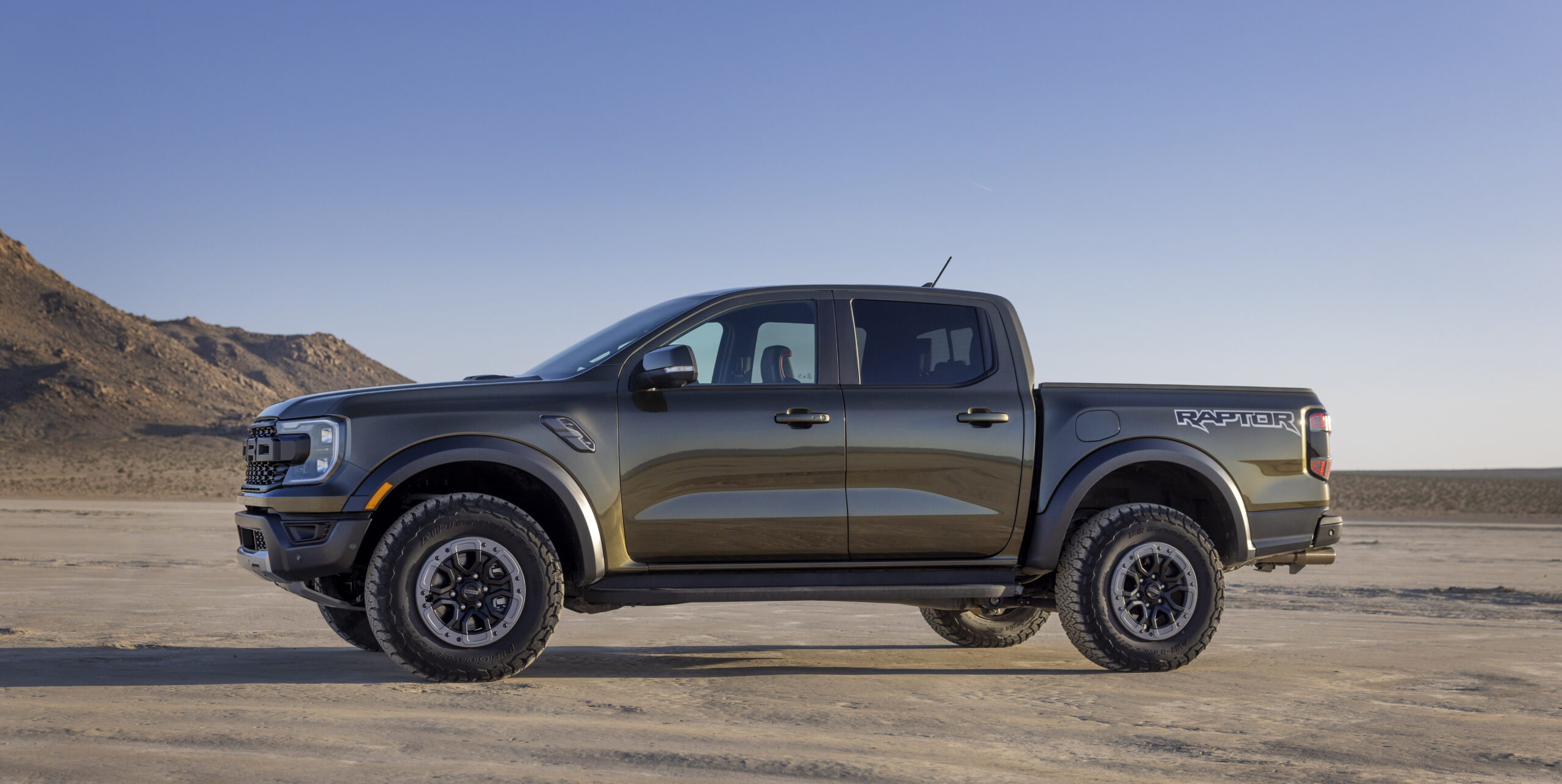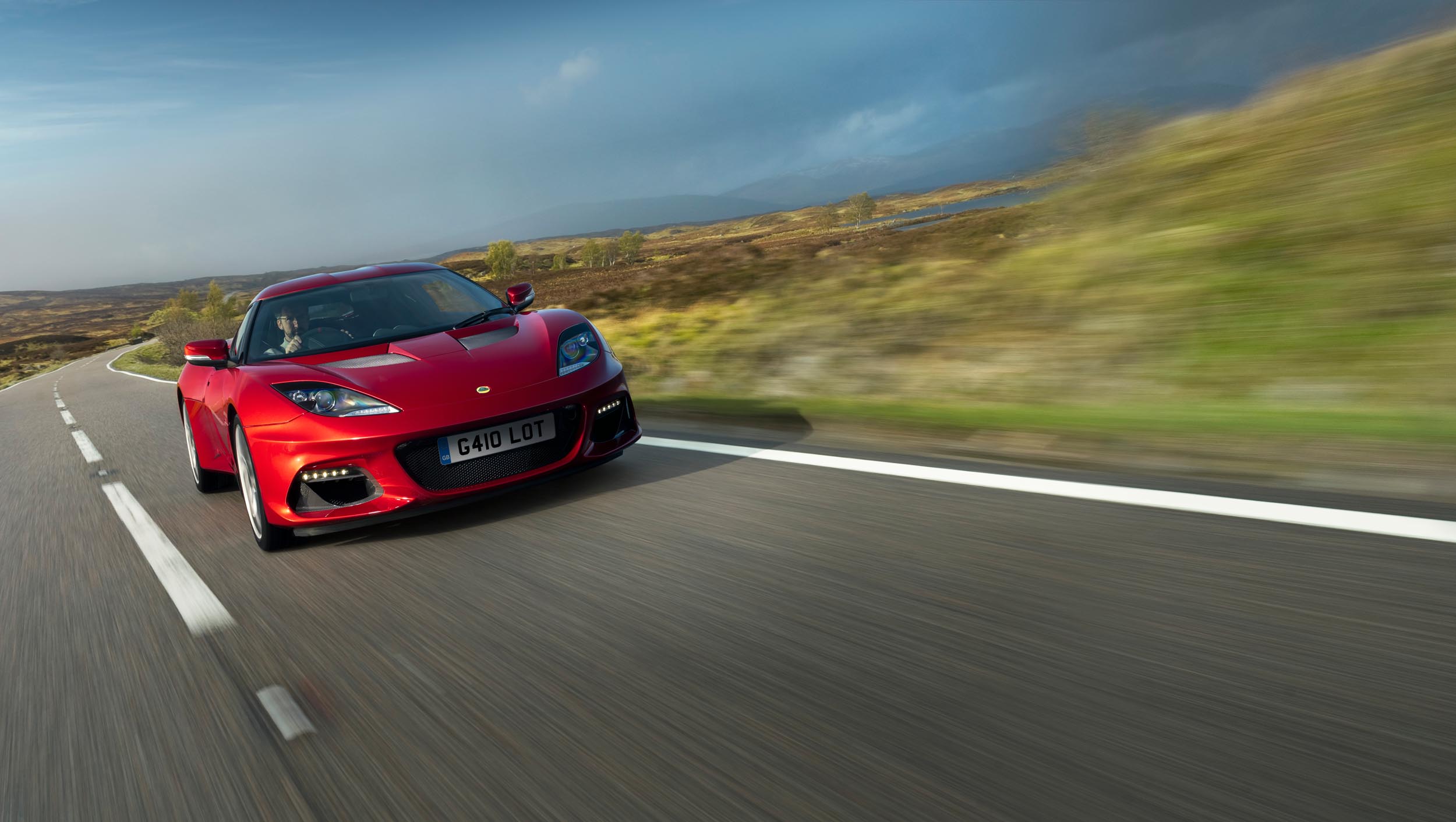The All-New McLaren 570s
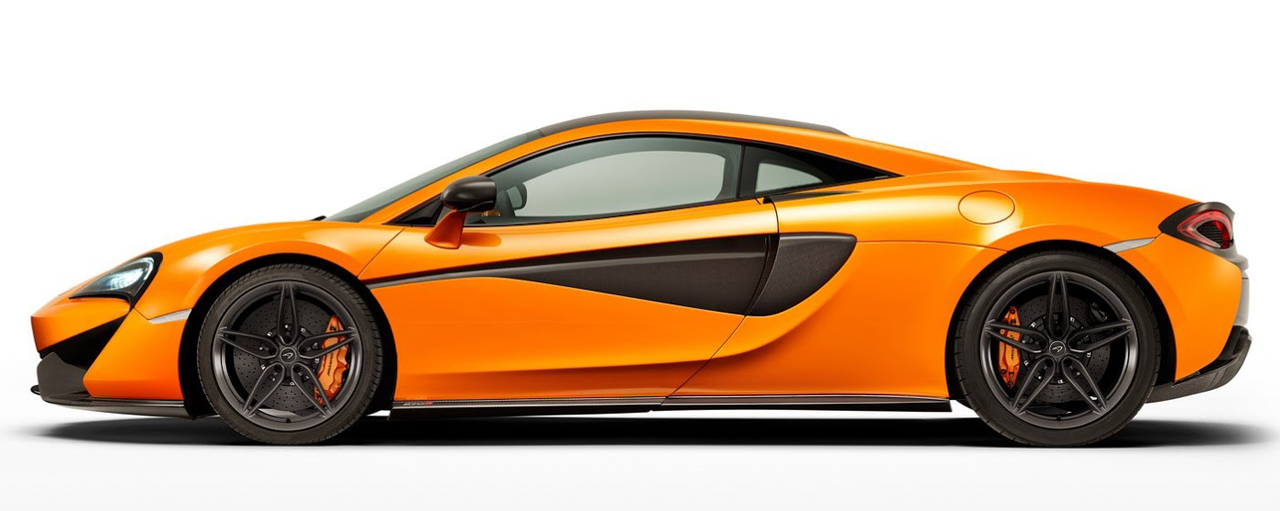
The room suddenly became quiet, all attention being given to the center of the floor. As the cover is removed, audible gasps are heard throughout the room. The spot lights immediately reflect the deep hue of an orange color so intense, a second or two is needed for the eyes to adjust. Once in perfect focus, a smile crosses the face as everything is absorbed. All is good now, the completely new McLaren 570s has arrived. There is no question the newest McLaren will grab your attention as well as everyone else around; it is a supercar and, although different from its predecessors, the now-trademark styling cues leave no doubt that this is a McLaren. Set for delivery at the end of 2015 for the European market and early 2016 for America, this car will change the industry’s perception of what a supercar should be.
So how is McLaren going to reshape the entire landscape of high end sports cars? Let’s take a quick look at McLaren’s production car history to better understand the future of the new Sport Series line.

In 2009 McLaren announced it was returning to the consumer car business with the introduction of MP4-12C. Released in mid-2011, it took the supercar market by storm and was immediately compared to Ferrari’s 458 Italia. It was deemed by the automotive press to be an incredible car but wearing a goofy name, so McLaren quietly change the model number to just 12C.
The next model was a follow up to the 1990’s legendary McLaren F1. Called the P1, this was McLaren’s new $1.3 million dollar flag-ship model and a demonstration to the world of McLaren’s engineering and design prowess. The car – with its hybridized engine and new design direction -created such an industry buzz that the company redesigned the 12C to look more like the P1 and renamed it the 650s. The “650” number follows McLaren’s new model designation strategy of naming their production cars for the amount of metric horsepower (PS) the engine produces.
With the completion of its new factory in England, McLaren decided to step up production of its road cars, but to do this and do it profitably, the company needed a new model to serve as its high volume sales leader. Pricing had to be bumped down from the 650s’ $300,000 range into a little bit more attainable sub $200,000 market, meaning that McLaren would now go head-to-head with the Porsche 911 Turbo and the Audi R8 V10. Obviously, these are major players in the automotive world but McLaren is promising that the new 570s is that good.
Actual pricing for the 570s starts at $185,000. The car will stay true to McLaren and drive only the rear wheels. While it uses the same 3.8 liter twin turbo V8 engine found in the 650s, here it makes slightly less horsepower to keep from stealing the show from its big brother. Thirty percent of the engine’s parts have now been redesigned for better fuel efficiency. Other hold-overs from the 650s are its signature dihedral opening doors and its Italian sourced Graziano 7-speed dual clutch gear box.
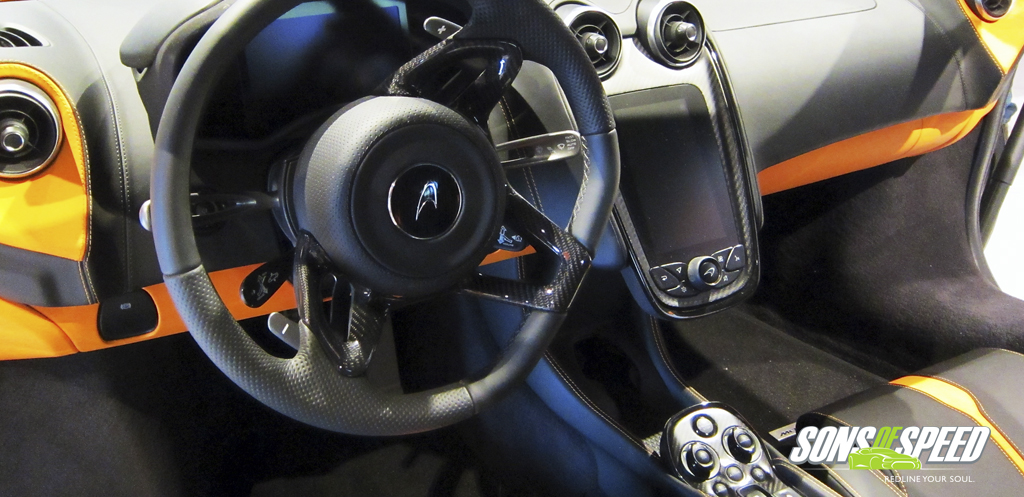
I was invited to a preview event of the 570s before the car’s official launch at the New York Auto Show and got to speak one-on-one with the car’s chief designer, Robert Melville.
Melville explained that the foremost goal of the new car was to make it more usable as a daily driver – giving it what he called “day-to-day usability and drivability.” There is more interior room, gas mileage can reach 25mpg combined, and there are even storage compartments and usable luggage space.
Since the new car needed to fit within a lower price category, the expensive active-aero wing from the P1 and 650s was eliminated. Instead, the fixed design of the car now creates the necessary downforce for its 204 mph top-speed and track cornering duties. This was achieved by enhancing the aerodynamics of the vehicle – elongating the rear window and tail-end sections as well as channeling air flow from underneath the car to over it.
Another way McLaren cut costs was by substituting aluminum body panels for the 650s’ carbon fiber ones. The chassis of the 570s remains carbon fiber but has been redesigned with thinner and lower sills to provide much easier entry in and out of the vehicle, again keeping the everyday usability theme. The last major cost savings effort swapping the computerized pro-action suspension found on the other McLaren cars with a more conventional double-wishbone independent design.
But the 570s is not just about everything that was removed from the car – a lot of new and even better features have been added. Now the suspension system, vehicle dynamics and traction control can all be set independently to different levels, something not possible in the 650s. The new car’s interior was also given a more luxury feel, and the center console design is open to allow more knee room during hard cornering on the track. While there is no head-up display, the gauges and dashboard in the 570s are completely digital, and all screen graphics are customizable. Mr. Melville explained that the decision to eliminate a head-up display had everything to do with saving weight, but one could also argue that saving some features for the 650s help add value there as well.
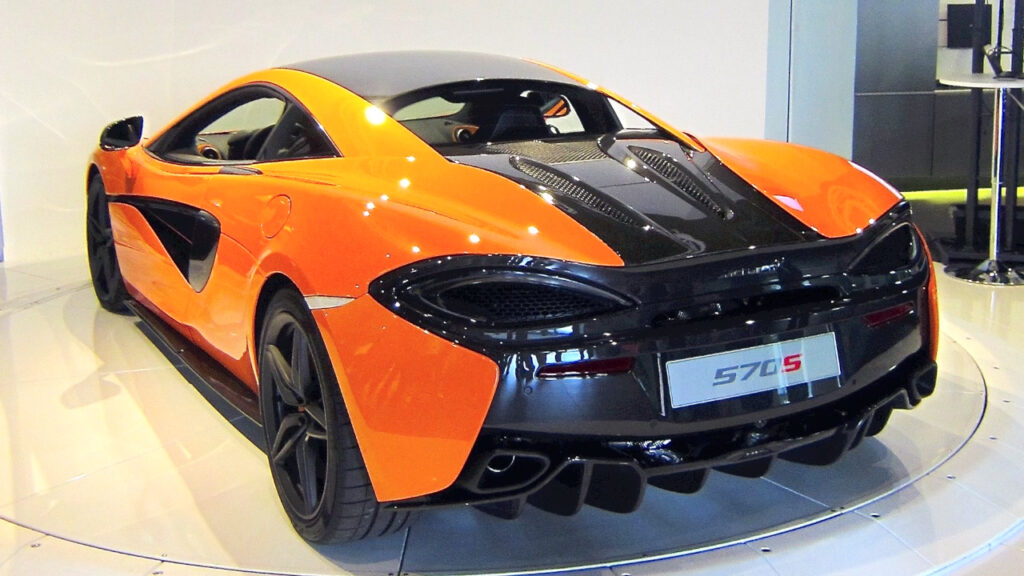
In fantastic news for those taking their 570s to the track, an optional in-car camera and telemetry system will be available. The system will have 4 cameras providing multiple views, including a view behind the driver’s shoulder looking out. For driver’s wanting to review their race laps and to show off their driving skills on YouTube, this is definitely a must-have feature. Stopping the 570s should be a breeze with the standard carbon ceramic brakes and 3,186lb curb weight (making it the lightest vehicle in its class). Power, of course, is spectacular with the 3.8L turbo making 562 hp and 443 lb-ft of torque, which McLaren tells us equates to a launch controlled 0-60 time of about 3 seconds. Additionally, 0-100mph is a full half second quicker than the Porsche 911 Turbo, considered the benchmark of flat out acceleration. Given those numbers, the McLaren 570s is going to be an impressive car on every level.
Combine its power, beautifully functional design, cutting-edge innovation and McLaren’s racing heritage, and you have a true contender in the entry-level supercar segment. We can’t wait to put the 570s head to head with its competition. This is what we call a game changer!
